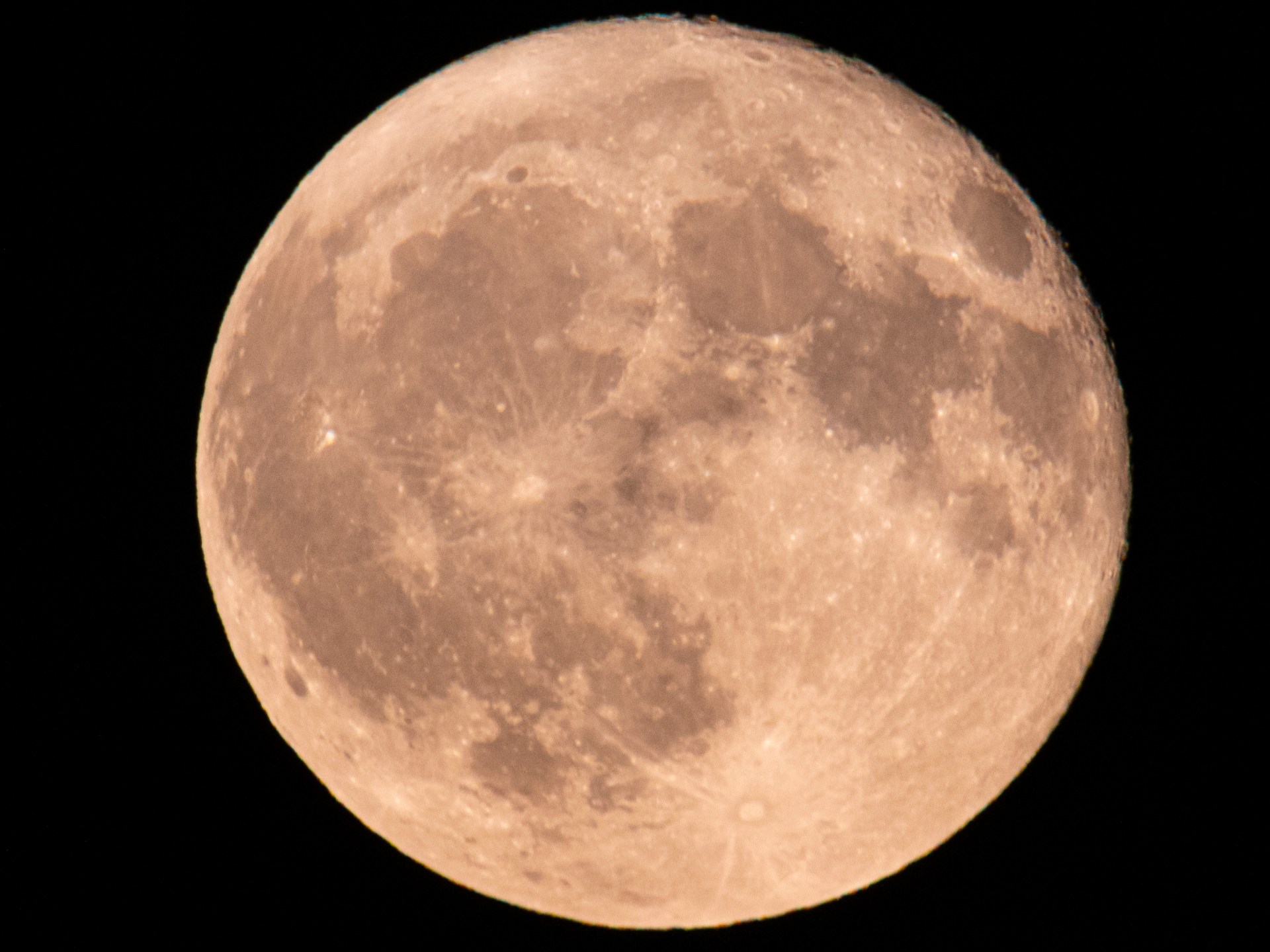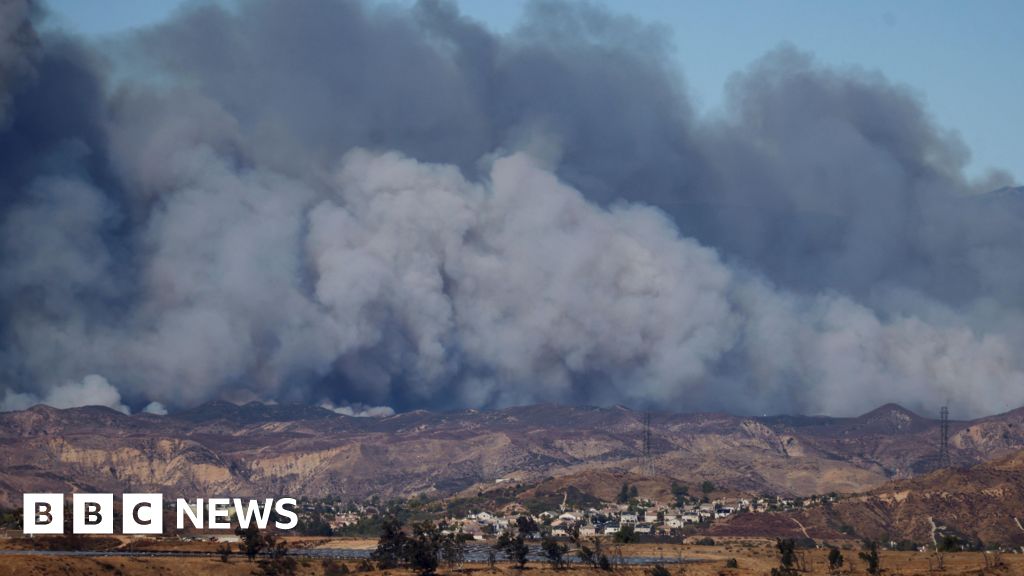Scientists find underground cave on moon | Space News
An Italian-led team of researchers says the cave could be used to shelter future astronauts and explorers.
Scientists have confirmed an underground cave on the moon not far from where Neil Armstrong and Buzz Aldrin landed 55 years ago and suspect there are hundreds more that could house future astronauts.
An Italian-led team of scientists on Monday said there is evidence of a sizeable cave, accessible from the deepest known pit on the moon. The cave is located at the Sea of Tranquility, 400km (250 miles) from Apollo 11’s landing site.
The scientists said the pit, like more than 200 others discovered on the moon, was created by the collapse of a lava tube.
“Lunar caves have remained a mystery for over 50 years. So it was exciting to be able to finally prove the existence” of one, Leonardo Carrer and Lorenzo Bruzzone of the University of Trento told The Associated Press in an email.
Writing in the journal Nature Astronomy, the researchers added that they analysed radar measurements by NASA’s Lunar Reconnaissance Orbiter (LRO), and compared the results with lava tubes on Earth.
The radar data reveal only the initial part of the underground cavity, according to the scientists. They estimated it is at least 40 metres (130ft) wide and tens of yards (metres) long, probably more.
Moreover, most of the pits seem to be located in the moon’s ancient lava plains, according to the scientists. There also could be some at the moon’s south pole, the planned location of NASA’s astronaut landings later this decade.
Permanently shadowed craters there are believed to hold frozen water that could provide drinking water and rocket fuel.
During NASA’s Apollo programme, 12 astronauts landed on the moon, beginning with Armstrong and Aldrin on July 20, 1969.
The findings also suggested there could be hundreds of pits on the moon and thousands of lava tubes.
The team of researchers said such places could then serve as a natural shelter for astronauts, protecting them from cosmic rays and solar radiation as well as from micrometeorite strikes.
Check out our Latest News and Follow us at Facebook
Original Source







